Flowers in Italy
The Italian city of Florence uses a flower as its emblem, while other cities celebrate a vacation with decorated streets and a picture display of flowers.
With the lentil fields of the valley below the Sibillini Mountains, you will always have a breathtaking sight in front of you.
The National Flower of Italy
Is it the white lily with the symbolic meaning of purity and exquisite beauty? Or is it the rose, symbolizing love and passion?
In the seventeenth century, during the Italian unification, also known as the Risorgimento, the symbol of Italy was replaced by la pianta di corbezzolo.
The ode “Arbutus Unedo” was written by the poet Giovanni Pascoli, who asked to discover the strawberry tree as a symbol of Italian unification.
La pianta di corbezzolo is now the national plant of Italy.
The strawberry tree is the perfect fit with its patriotic colors: green leaves, white flowers, and red berries reminiscent of the Italian flag.
Firenze: la città gigliata
Firenze, also called the lily city, “la città gigliata“, uses the lily as its emblem.
The colors are a white background with a red flower.
Although the name lily is used, the flower is an iris, which in the Middle Ages was considered a symbol of purity.
Il Giglio has symbolized the city for over 1,000 years.
Italians also use it as a symbol for many cultural and sporting associations.
For example, on the Fiorentina team’s uniform, you can see the lily with pride.
If you visit Florence at the end of April, beginning of May, do not forget to visit the “Giardino dell’Iris“.
This garden was created in 1954 and is home to many different varieties of iris.
Even Dante’s Inferno mentions the iris, which is where the Great Bearded Iris comes from and is just one of many you’ll find in this huge flower garden.
Infiorata, the flower carpets of Itay
Infiorata is held in all regions of Italy, where locals take great pride in recreating paintings, religious themes, flowers, and modern architecture using flowers and petals.
These flower carpets are usually laid in late May to early June around Corpus Domini, “Corpus Christi”, the feast 60 days after Easter.
The artists draw the designs on the ground with chalk, and each line is marked with soil and sometimes ground coffee. About 500,000 flower blossoms, petals, seeds, and sometimes sand and leaves are used for these flower carpets.
These very colorful flowers are collected months in advance and used in their artwork as whole flowers, dried but not powdered petals and leaves to create different textures and 3-D effects.
Because of the fine detail of these floral carpets, many locals plan a year in advance.
The most popular cities for this festival are Noto, Genzano, and Spello.
After the festival, these designs do not last long, as children may play on them and destroy the gorgeous floral images.
Lentils: how beautiful they are
On the last Sunday in June, it is time to go to Umbria to see the flowering of the lentil plants of Castelluccio di Norcia.
Are lentils beautiful? Yes, they are, when the lentil plant blooms.
The picturesque fields are made up of different varieties of lentils, poppies, daffodils, and violets.
The fields of different colored flowers ensure that the landscape has blocks of different hues.
Farmers use the valley in the Sibillini Mountains to grow these beautiful crops.
These natural landscapes transform the plain at the foot of Monte Vettore, the highest peak of the Sibillini Mountains, into a multi-colored painting and many artists travel there to paint this breathtaking place.
The natural development of the flower is determined by factors such as the amount of rainfall in the months before, the amount of sunshine and the sowing time.
Each variety of lentil flower has a different time to bloom.
On October 26, 2016, Norcia was devastated by a 6.6 magnitude earthquake that caused extensive damage to many historic buildings, but fortunately no fatalities.
The area was closed for less than a year. In June 2017, the plains slowly opened up again to enjoy the beauty once more.
You can not resist the blooming apple trees in Val di Non
“An apple a day keeps the doctor away“, but the blossoming of the apple trees in the orchards of Val di Non, Trentino Alto Adige, northern Italy, makes the doctor run to them.
Fiorinda, the festival of the blossoming apples, la Festa dei Meli in fiore, in Mollaro Val di Non takes place around the 3rd week of April.
It is a spectacular sight with rows of cherry pink and white blossoms that look like a blanket of snow.
The delicate, sweet scent of apples is in the air, reminding you of spring with the lure of apples that come in autumn.
Locals host the Spring Festival with all the delicious dishes typical of the area. The best are those made with apples, such as strudel, apple tart “Torta di Mele“, and apple cider “Il vino di mele“, just to name a few.
Did you know that another name for the festival is sagra? So if you are looking for apple events, you can also type in Sagra dei Meli.
Sunflowers of Italy is a must-see
Sunflowers and Italy are well known and another must-see. The Italian word for sunflower is “girasole.” If you drive down the roads with fields of sunflowers on either side, you will have a fantastic sight.
The growing season is in the summer months, but it ends quickly, and if you do not time your trip just right, you could miss this enchanting place.
These flowers enjoy the flat coastal soils with plenty of sun, and if you watch them, they will follow the light throughout the day.
The picturesque sunflower fields of Maremma are a sight to see as you make your way along the coast to Castiglione Della Pescaia.
These beautiful sunflower fields make people stop to take the infamous photo of themselves in the fields surrounded by colorful yellow sunflowers.
An Italian artist named Cesare Marchesini, who was born in Monza, is fascinated by these bright sunflowers and often paints them in his unique style of landscape painting.
Flowers of Italy from Sea to Mountains
We have seen some examples of Italian flowers, but in reality they are many and all different, with bright colors and elegant shapes.
Il crisantemo (chrysanthemum), l’ orchidea (orchyd), la mimosa, la margherita (daisy), il geranio (geranium) are just some of the typical Italian flowers.
As Ralph Waldo Emerson said, “The earth laughs in flowers”, then take a trip from the north to the south of Italy, from the mountains to the sea to see the countless “laughter” of the Bel Paese.

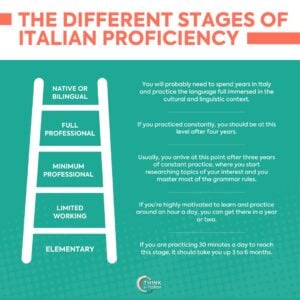
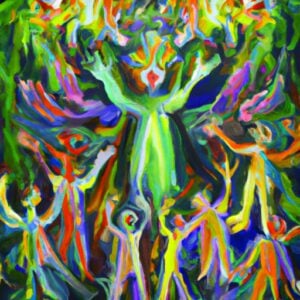
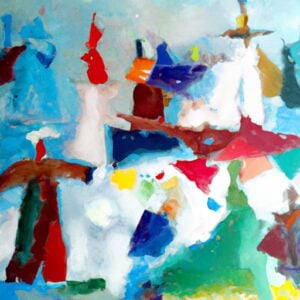
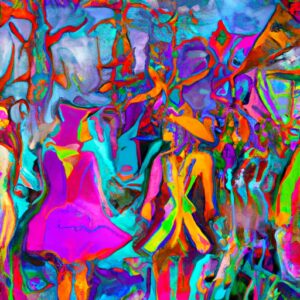
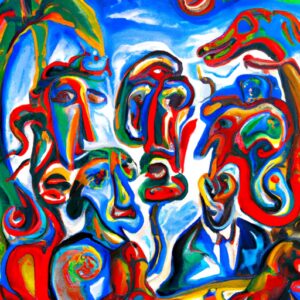
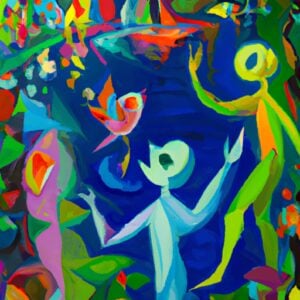
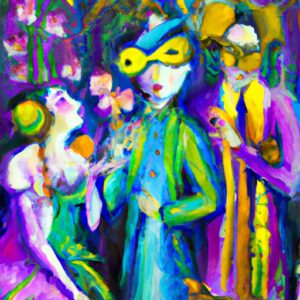
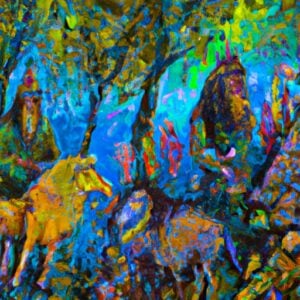
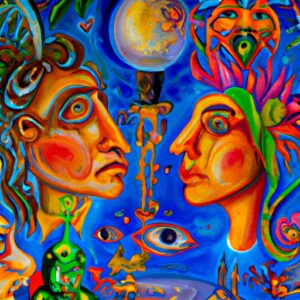



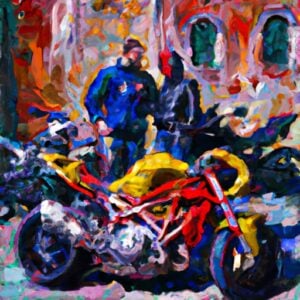
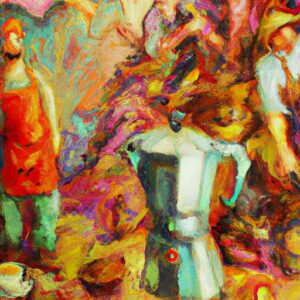
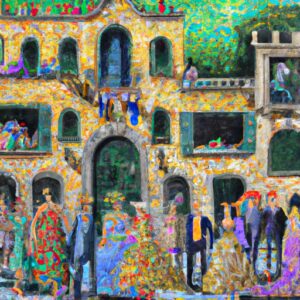




4 Responses
Italy is truly a floral paradise! The vibrant colors and enchanting fragrances of the flowers bring so much joy and beauty to the country. I can’t wait to witness the breathtaking infioratas and immerse myself in the wonders of Italy’s floral landscape.
I have always loved how flowers are part of the Italian landscape! I can’t think of a place in Italy without flowers in it.
Truly wonderful! I hope to see an infiorata in person when I get to visit Italy…
@sharon044 Please send us a photo when you see it! 😊